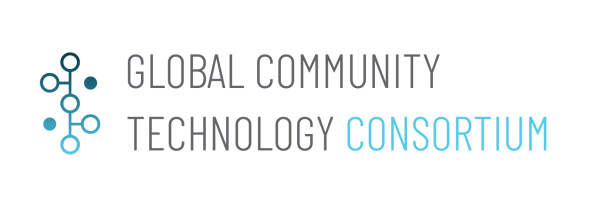Virtual Care Delivery Model to Sustainably Expand the Capacity and Reach of Health Systems to Deliver High-Quality Care in Rural Communities
Jump to navigation
Jump to search
| Virtual Care Delivery Model to Sustainably Expand the Capacity and Reach of Health Systems to Deliver High-Quality Care in Rural Communities | |
|---|---|

| |
 Rural Care Macon Georgia | |
| Team Organizations | CoBank Perry Health WTA Foundation |
| Team Leaders | Sarah Tyree Vice President Policy and Public Affairs CoBank |
| Participating Municipalities | Macon GA |
| Status | Ready for Public Announcement |
| Document | None |
Description
- Leverage cutting-edge mobile software platform to empower healthcare providers to effectively extend care beyond brick-and-mortar facilities and deliver clinical support in a coordinated, data-driven, and timely manner
- Empower patients with technology to become active stakeholders in their care
- Shift from a reactive model of care (care delivery only when patient is sick) to a more proactive, continuous one (intervening sooner and keeping patients healthy through monitoring/virtual communication)
- Strengthen communities and populations by using improved access to care as a fulcrum
Challenges
- Rural communities are challenged with access to appropriate care, transportation/distance to healthcare providers, lack of understanding of care plans, absence of data on patient wellbeing when not in clinical setting, fragmented data/communication, overtaxed providers, lack of specialist support, financial pressures both on patients and local clinics/hospitals.
Solutions
- The proposed solutions consist of increasing access through a virtual care platform. This platform has the following elements:
- Optimize in-person visits by routing all care delivery that doesn’t require it through virtual model (e.g., telemedicine)
- Provide real-time and simple care plans to ensure clear understanding amongst patients
- Unify data system that allows for easy sharing of patient information between providers
- Seamless integration into workflows with dynamic triaging of those particular patients in need enabling efficient resource/time allocation
- Revenue generation through capture of new streams of reimbursement
Major Requirements
- Identify community with health clinic, hospital, county health department or related stakeholder involved in patient care to act as anchor entity
- Develop and assemble multi-disciplinary project team representing clinicians, hospital administrators, and relevant community organizations as needed (e.g., food banks, rural broadband providers, local health department)
- Conduct needs assessment of community (e.g., priority diseases) and map existing resources to develop implementation plan
- Configure application (if not already configured) for disease of interest
- Design pilot based on implementation plan and define appropriate workflows/conduct relevant trainings
- Recruit patients and conduct pilot with feedback sessions from users
Performance Targets
| Key Performance Indicators (KPIs) | Measurement Methods |
|---|---|
|
|
Standards, Replicability, Scalability, and Sustainability
- Standardized operating procedures and models have been developed to ensure rapid understanding of key community needs and deployment based on the unique nuances of the stakeholders in that community (e.g., capacity differences, capital available, population needs)
- New revenue streams will ensure long-term sustainability by leveraging billing codes focused on value-based care
- Billing codes include chronic care management, remote patient monitoring, and telehealth
- Investing in this program is a net financial benefit for partner institutions and allows for both the capture of revenue that they are currently eligible for but not capturing and generation of new revenue streams
Cybersecurity and Privacy
- The proposed solution is fully compliant with federal HIPAA regulations with multiple technical safeguards to detect breaches of the system.
- Protected Health Information (PHI) is never used for commercial purposes and contractual agreements (e.g., Business Associate Agreements) provide further legal protections to the partner institutions.
- Patients will also have a clear terms of use and privacy policy that explains the HIPAA compliant nature of the platform and who/how their PHI will be used (only by providers delivering them care)
Impacts
- This program drives significant economic, health, environmental, and general quality of life benefits in rural communities.
- Economic: Improved health and decreased numbers of sick days/days off to visit the doctor improves workforce productivity and contributes to growth. Improved access to care also ensures that communities which have significant barriers currently remain populated by decreasing flight to urban centers.
- Health: Inherent in the program is an improvement in key health metrics which, in the long-run, lengthens the lifespan of community members.
- Environmental: Decreased need to drive long distances to seek care lowers the carbon footprint of communities involved in this program.
- Quality of life: General quality of life improves by enabling people to live their life more comfortably and access care in a much more tailored, convenient manner.
Demonstration/Deployment
We will show step-by-step how patients and providers can utilize the platform. This includes the creation of care plans, the collection of key health metrics, dynamic alerting/triaging to identify those patients in need, and virtual communication through chat and video. Each of these will be demonstrated live to show the power of using technology to sustainably extend care beyond brick and mortar facilities.